STAM-Science and Technology in Advanced Manufacturing
Parsons Building, Trinity College Dublin, Ireland
Completed Projects
Recently Completed Projects
AERIALIST - Advanced Aircraft Noise Alleviation Devices using Metamaterials
Dr. Daniel Trimble
Dr. John Kennedy
Dr. Henry Rice
Research Staff
Luke Dowling
Industry Partner
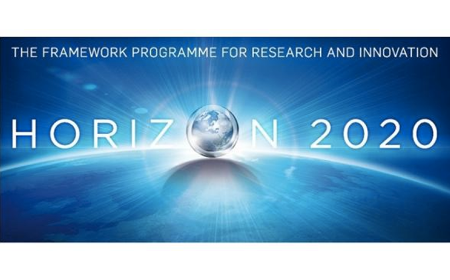
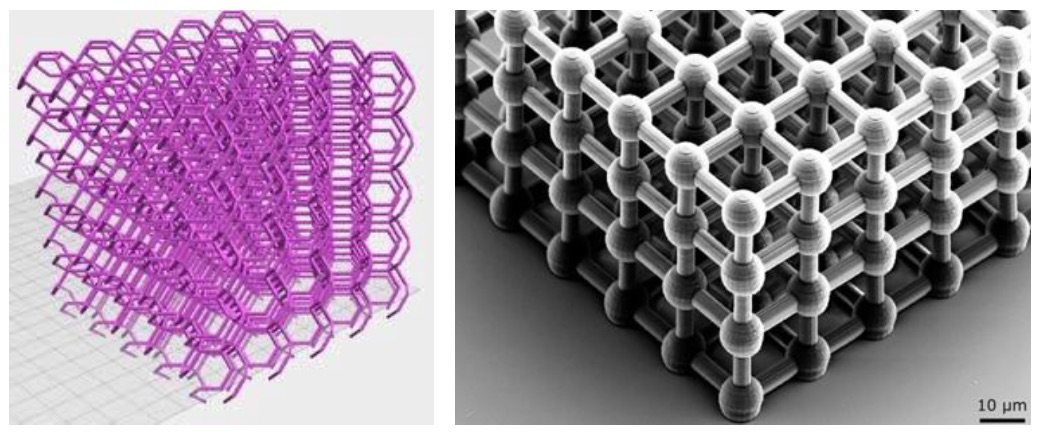
Description
This project aims to explore the use of acoustic metamaterials in reducing noise pollution in aviation. Currently aerospace acoustic materials rely on bulk material properties, such as density and absorption. Appropriately designed metamaterials can affect waves of sound in a manner not observed in bulk materials, and by using purposely structured metamaterials we can more effectively control and manipulate the sound waves.
A metamaterial is a material engineered to have a property that is not found in nature. Metamaterials derive their properties not from the properties of the base materials, but from their newly designed structures. Their precise shape, geometry, size, orientation and arrangement we can give metamaterials properties capable of manipulating waves: by blocking, absorbing, enhancing, or bending waves, to achieve benefits that go beyond what is possible with conventional materials.

Metal, Ceramic and Polymer Manufacturing Examples
These acoustic metamaterials will be designed with dedicated designed porous structures that can absorb and redirect noise efficiently and in a controlled manner, and will be used on a nacelle for example, replacing liners, and on wings.
By use of theoretical models numerical tools to extensively simulate the conditions needed for the design of acoustic metamaterials, we will explore possible manufacturing processes, for example 3D metal printing.
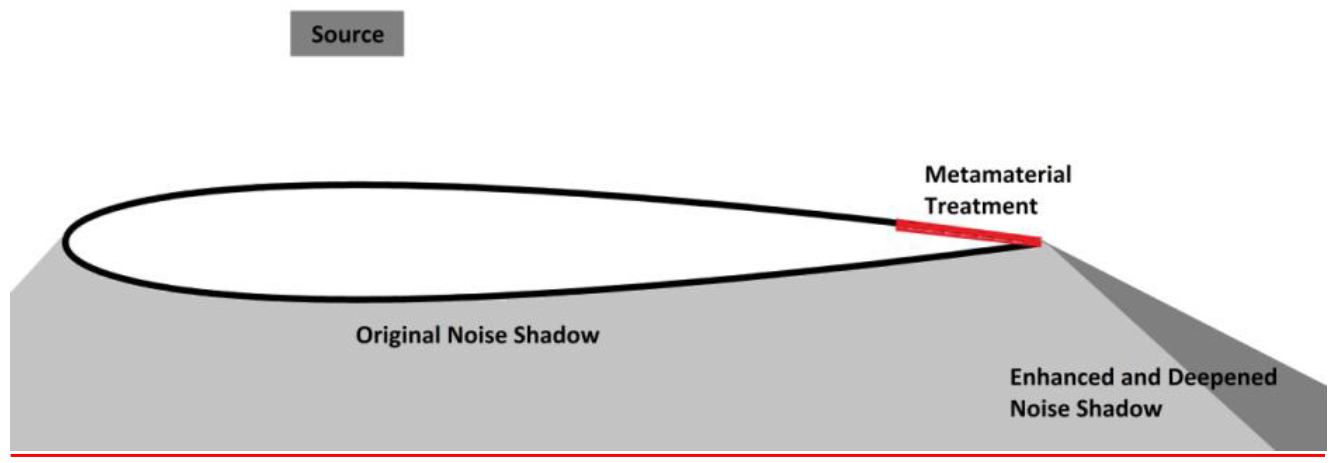
Metamaterial Enhanced Noise Shielding
Exploring Metal-Additive Manufacturing and Novel 3D Printing Techniques for the Manufacturing of Devices in Orthopaedics
Dr. Garret O'Donnell
Dr. Rocco Lupoi
Dr. Daniel Trimble
Research Staff
Dr. Mark Culleton
Dr. Mansur Ahmed
Harry Shipley
Tom McKenna
Bobby Gillham
Industry Partner

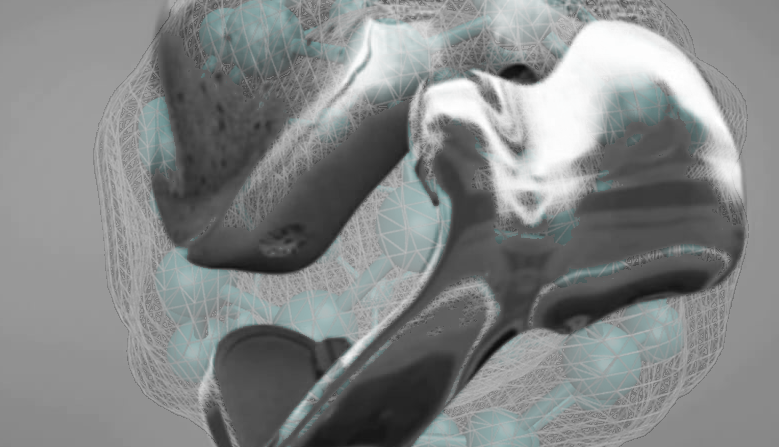
Description
Additive Manufacturing (AM) is of increasing importance in the engineering research fields, particularly in biomedical engineering research. It has the ability to reduce or remove many limits and obstacles for production and testing of parts. It allows for inexpensive, flexible, on demand, high resolution rapid prototyping and rapid manufacturing of custom made parts and biomedical devices. It compares favourably with time, cost and locational dependencies associated with the traditional supply chain of items.
A key advantage of AM is that it enables the manufacture of parts that are difficult or expensive to machine using standard manufacturing methods. Complexity of manufacture is not a cost in AM, and many differing versions of designs can be quickly designed and altered using CAD techniques and rapidly manufactured for individual customisation, or test and evaluation purposes. Parts can also have highly complex functionalities such as geometric functionalisation, or controlled porosity.

Topology optimised cantilever beam successfully built with support (left) and redesigned to be self-supporting (right)
STAM is part of the new 3D Additive Manufacturing with Nanomaterials - 3DAMN - facility operated by AMBER. The vision for 3DAMN is to utilise AM to become a leader in the materials roadmap for 3D printing across multiple sectors from Health to ICT, achieving this by combining internationally leading researchers in materials science with the availability of state of the art 3D printing, modelling and characterisation infrastructure.
This project has a focus on metal Additive Manufacturing. Techniques that constitute this field, such as Selective Laser Melting (SLM) and Electron Beam Melting (EBM) have shown great progress in recent years. It is now possible to directly 3D print components with complex features and with minimum post-processing operations before reaching the net shape. For example, the typical SLM process would require limited tooling and can produce near netshape components with limited post processing requirements.
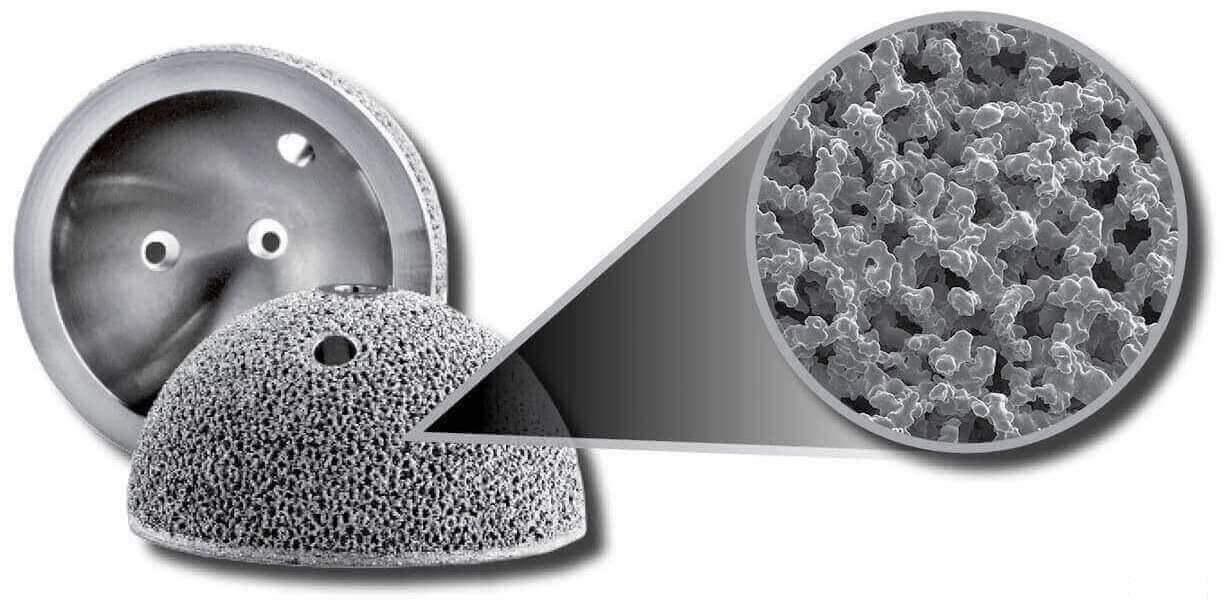
3D Printed Porosity on an Implant, which aids uptake by the patient
Metal AM has therefore attracted the interest of several sectors; however it seems particularly well suited for the biomedical industry. In particular metal implant manufacture can benefit from using metal AM technologies. As an example, a titanium knee implant is typically characterised by a strong metal core, alongside functional features and a level of porosity in specific areas. Using conventional manufacturing processes, this would require investment casting, complex machining processes, finishing processes coupled with etching and coatings steps to achieve a final product. Using SLM, these manufacturing processes can be reduced significantly.
Fabrication & characterisation of protective HEA films on Mg substrate by mechanical alloying, cold spraying & post-surface laser annealing processing
Dr. Rocco Lupoi
Email: lupoir@tcd.ie
Tel: +353 1 896 1729
Research Staff
Dr. Sedat Özbilen
Email: ozbilens@tcd.ie
Funding Bodies
European Commission, Marie S. Curie Individual European Fellowship 2020
Description
Mg coating/repair applications will be developed for aerospace sector, machinery & automotive industry by depositing HEA (High entropy alloys) films on Mg with MA (Mechanical alloying) + CS (Cold spray) + post-SLA (Surface laser annealing) processing which is the overriding aim of the project. In this respect, HEAs represent a new class of materials that present novel phase structures/properties. Therefore there is a growing interest in recent years on HEA films/coatings. They have been produced by many different production techniques such as magnetron sputtering, laser cladding, thermal spraying, electrodeposition, plasma-transferred arc cladding, and recently processed with CS technology: improvement on this is proposed to be carried out in the current project. To combat the problem of corrosion in Mg alloys for aerospace sector, machinery & automotive industry, many protective coating techniques have been developed. It is generally accepted that it is necessary to apply a surface protective coating to Mg components/products if they are to survive in a harsh working environment. Indeed, over the years, intensive research efforts have been devoted to developing better coatings for combating the poor corrosion/wear properties of Mg alloys to meet the challenges demanded by industry. Protective coatings can be fabricated on Mg alloys using laser surface processing techniques, but the main problems of the high chemical reactivity, the relatively low melting/boiling points of Mg alloys, & the formation of brittle intermetallic compounds in the coating cannot be easily overcome. Another common problem encountered in the laser cladding of a protective coating on Mg substrates is that significant dilution from the substrate often occurs, & this can adversely affect the corrosion resistance of the coating. To alleviate these technical problems, a 3-step approach will be followed in the project, which will involve CS deposition & post-SLA of MAed HEA powder feedstock on Mg substrate to circumvent the inherent problems. Such a technique can avoid excessive melting/boiling of the Mg substrate. So far, only a limited number of studies have focused on HEA usage in surface modification. Therefore, this project focuses on the study of the fabrication & characterization of the protective HEA coatings on Mg substrate by MA+CS & post SLA processing, a topic never researched so far. There is no publication in the open literature regarding the title of the present project, confirming the idea is novel, industry relevant & with high potential.
Extensive research has recently been carried out on HEAs, & attractive properties have been achieved that are suitable for applications as structural/functional materials. Thus, HEAs are considered as potential candidate materials for many challenging industrial applications such as protection of Mg parts currently protected with Al CS coatings. They therefore warrant further study from a scientific/commercial point of view. Although bulk HEAs possess good properties, the high cost, caused by using a large number of high-purity elemental materials, limits their industrial applications. As is known, coating deposition is an effective approach to broaden the application areas of high-cost materials due to its material saving. CS process during which the coating material is not melted can be a unique technology for depositing HEA coatings. To do this, nano-structured HEA feedstock powder materials must be prepared for use in CS & MA synthesis is suitable for this purpose. CS deposits are essentially free of thermally induced defects commonly observed in traditional thermal spray deposits, such as oxidation, evaporation, gas release, shrinkage porosity, & thermally induced residual stresses. Because of these advantages over other spray deposition processes, CS has generated a great deal of interest within the manufacturing community for repair of advanced coatings, & additive manufacturing applications. CS systems must focus on improving control of the particle flow & pre-processing the feedstock powder to increase deformation & bonding during deposition. Furthermore, a significant advantage of CS is an improvement of working conditions which becomes more secure due to the low temperature in gas spray. The primary aim of CS is the fabrication of thin metallic coatings. Present study will show it to be a promising, cost-effective, & environmentally acceptable technology to impart surface protection & restore dimensional tolerances to Mg alloy components, for example, on helicopters & fixed-wing aircraft together with automotive industry parts. Therefore, the present project is a new & original idea incorporating totally an innovative approach to the use of HEA coatings which has industrial applications. The technical interest in CS is twofold: first as a coating process for applications in surface technology, & second as a solid-state additive manufacturing process, offering an alternative to selective laser melting. It is known that CS produces severe non-uniform plastic deformation on the impacting particles, resulting an inhomogeneous micro-structure in the deposits. Bulk-scale mechanical properties vary with CS process parameters. CS deposits` ductility is usually low, but can be recovered to near bulk level by post-SLA. In optimized post SLA, the deposit quality can be enhanced, particularly the bond strength, by increasing bonding area between deposited particles & reducing porosity in the microstructure. Therefore, by using variable but controlled MA process and CS coating parameters (HEA feedstock powder & HEA MAed powder characteristics, CS technology geometric parameters, CS deposition parameters), variations in the micro-structure and property in HEA coatings will be attained. Microstructural characterization of HEA feedstock powders, MAed powders, CS coatings and CS+post-SLA coatings will be carried out by SEM, TEM, XRD, porosity measurements. Wear, oxidation, corrosion tests, hardness and elongation measurements will be made to determine chemical and mechanical properties of coatings. With this way relationships among deposition parameters-microstructure-properties will be determined in addition to the feasibility study of producing protective (wear and oxidation resistant) HEA coatings on Mg-parts by combined MA+CS & post-SLA process.
Other Completed Projects
High velocity mist jet cooling of machining processes: Improving the environmental impact of metal cutting
Project Coordinator(s)
Prof Andrew Torrance
Dr Garret O'Donnell
Research Students
Mr A. Bareggi
Funding Body
Science Foundation Ireland
Design and manufacture of a novel heat pipe-based hydronic heating system
Project CoordinatorsDr Garret O'Donnell
Dr Tony Robinson
Research Staff
Mr Kevin Kerrigan
Description
The research involves optimizing a novel heat exchanger design which incorporates heat pipe technology to transfer heat energy into a household room in a more efficient manner than current designs. Such an optimization is undertaken from both a thermal and ‘Design for Manufacture’ DFM perspective, in order to ensure that the potential for commercialization is maximized upon completion of the design. The thermal optimization involves researching radiation and forced and natural convection of finned tube geometries in order to develop a design tool with which to investigate various configurations and geometric parameters. The DFM optimization involves the application of DFM principles on an ongoing basis, as well as analysis of various designs from a manufacturing and assembly view point. The research incorporates computational heat transfer tools, design prototyping via both 3D CAD Modelling tools and physical models, rig building, Prototype testing and commercial assembly.
Other research interests: Machining processes and biomedical devices
Funding Body
Enterprise Ireland
Investigation the microform rolling process through experimental and FEA approaches
Project CoordinatorProf John Monaghan
Research Students
Mr P. Ashmore
Description
This project involves analysing the affect different tool geometries have on the workpiece during the micro-form rolling process and the defects that occur in the workpiece as a result of the tooling. Experimental work is carried out on an EWM AF3 thread rolling machine and FEA work on DEFORM 3D.
Funding Body
Industry
Analytical modelling and experimental investigations into the use of metallic foams
Project CoordinatorProf John Monaghan
Research Students
Mr R. Thackaberry
Description
A combination of both compression and indentation tests will be performed on Aluminium foams of varying densities. The results of these tests will then be compared with those obtained by FEA simulations in an effort to validate the computer model.
Funding Body
Industry
Investigation of the toughness of polymer-clay nanocomposites for plastics recycling
Project CoordinatorDr Biqiong Chen
Research Students
Ms Oana Istrate
Funding Body
EPA
Biodegradable polymer nanocomposites
Project CoordinatorDr Biqiong Chen
Research Students
Ms Emer Walsh
Biopolymer-matrix composites
Project CoordinatorDr Biqiong Chen
Research Students
Mr Shuo Liu
Funding Body
TCD
Analysis of acoustic emission signals from a micro-drilling process
Project CoordinatorDr Garret O'Donnell
Research Students
Mr Donal Lynch
Description
This research project involves the processing and analysis of acoustic emission signals from micro machining processes using frequency analysis and wavelets.
Investigation of energy efficiency in polymer processing
Project CoordinatorDr Garret O'Donnell
Research Students
Mr Peadar Golden
Description
The polymer processing sector is coming under increasing pressure to reduce energy due to the rise in energy and raw material costs, unstable oil prices, the rapid economic growth of China and India, and increasing EU legislations. The main problem however, is that there are no points of reference to use in order to optimise energy usage in the polymer processing sector. This research will address this issue by undertaking a systems analysis of the polymer process of blow moulding, developing a methodology/model for decision support in order to optimise energy usage.
Funding Body
Irish Environmental Protection Agency
Development of in-process quality monitoring system for abrasive material removal processes
Project CoordinatorDr Garret O'Donnell
Research Students
Ms Emma Brazel
Description
As Irish based industry faces an increasingly competitive environment, companies are forced to consider reducing process chains by including process measurement within machines where possible. Using a combination of in-line measurement including power monitoring, this research work aims to develop a robust process monitoring methodology for abrasive machining in the biomedical implant sector.
Funding Body
IRCSET Enterprise Partnership Scheme with DePuy, a Johnson & Johnson Company
Characterisation and optimisation of energy efficiency in hybrid discrete and continuous manufacturing operations
Project CoordinatorDr Garret O'Donnell
Research Students
Mr Giovanni Borza
Description
The research involves the implementation and use of an energy management system for an Irish based Bioengineering plant. The aim is to develop a methodology for measuring and characterising energy usage in combined continuous and discrete manufacturing processes.
Funding Body
IRCSET Enterprise Partnership Scheme with DePuy, a Johnson & Johnson Company
Monitor and control during machining of polymers
Project CoordinatorDr Garret O'Donnell
Research Students
Ms Dorota Skupinska
Description
The current research work challenges the case of optimal cutting conditions and surface quality during machining of composites and polymers. Other research includes Tool Condition Monitoring systems and sensor technology.
Layer-by-layer assembly of novel bone-mimetic hybrid membranes
Project CoordinatorDr Biqiong Chen
Research Students
Dr Chaoying Wan
Funding Body
EU FP7